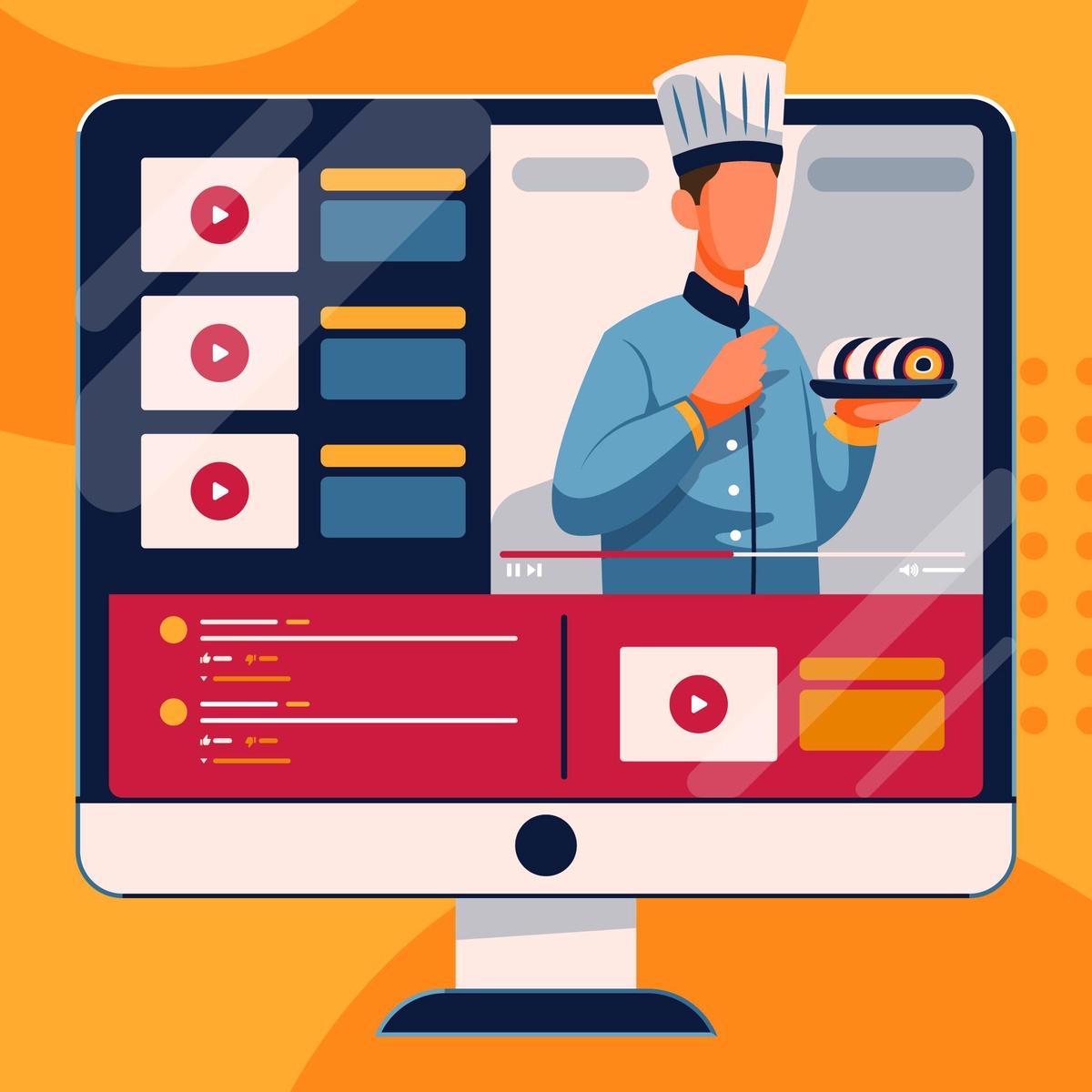The rise of food delivery apps has caused a significant change in the food delivery sector in a time when convenience is valued highly. The way people eat has been completely transformed by these digital platforms, which provide an abundance of food options at their fingertips. Food delivery apps are now synonymous with efficiency, choice, and convenience—from fine dining to regional specialties. This in-depth investigation delves into the complex realm of food delivery app development, revealing the primary approaches, obstacles, and advancements propelling this ever-evolving sector ahead.
Understanding the Market Landscape
The proliferation of smartphones and the increasing reliance on digital solutions have catalyzed the exponential growth of the food delivery market. With busy lifestyles and hectic schedules becoming the norm, consumers are increasingly turning to food delivery apps to satisfy their culinary cravings. According to recent statistics, the global food delivery market is projected to reach a staggering value of $151.5 billion by 2023, a testament to the immense potential and opportunities within the industry.
Key Components of Food Delivery App Development
User Interface (UI) and User Experience (UX): The success of a food delivery app hinges on its ability to provide users with a seamless and intuitive experience. From streamlined navigation to visually appealing interfaces, UI/UX design plays a pivotal role in enhancing user engagement and retention. Developers must prioritize simplicity, efficiency, and accessibility to ensure that users can effortlessly browse menus, place orders, and track deliveries.
Order Management System: Behind the sleek interface of a food delivery app lies a sophisticated order management system that orchestrates the entire delivery process. This system must seamlessly integrate with restaurants, couriers, and payment gateways to ensure timely order fulfillment. Advanced algorithms and machine learning algorithms can optimize delivery routes, minimize wait times, and enhance overall operational efficiency.
Payment Gateway Integration: Secure and hassle-free payment processing is a cornerstone of food delivery app development. Integrating multiple payment options, including credit/debit cards, mobile wallets, and digital payment platforms, allows users to choose their preferred mode of payment. Moreover, implementing robust encryption protocols and adhering to strict security standards is imperative to safeguard sensitive financial information and instill trust among users.
Real-Time Tracking and Notifications: Transparency and communication are paramount in the food delivery ecosystem. Providing users with real-time updates on their order status, estimated delivery time, and the location of their delivery driver fosters trust and reduces anxiety. Push notifications, SMS alerts, and in-app tracking features empower users to stay informed every step of the way, thereby enhancing their overall experience.
Challenges and Considerations
While the prospects of food delivery app development are undeniably promising, developers must navigate a myriad of challenges and considerations to ensure success:
Market Saturation and Competition: The food delivery landscape is fiercely competitive, with a multitude of established players vying for market share. Standing out amidst the competition requires innovation, differentiation, and a deep understanding of consumer preferences. Niche targeting, personalized recommendations, and strategic partnerships can help food delivery apps carve out their niche and gain a competitive edge.
Logistical Complexities: Coordinating the logistics of food delivery, including inventory management, fleet optimization, and last-mile delivery, poses significant challenges. Delays, cancellations, and logistical bottlenecks can undermine user satisfaction and tarnish the reputation of food delivery apps. Investing in robust logistics management systems, predictive analytics, and contingency planning is essential to mitigate these risks and ensure smooth operations.
Regulatory Compliance: The food delivery industry is subject to a complex web of regulations and compliance standards, ranging from food safety regulations to labor laws. Ensuring compliance with local regulations, licensing requirements, and health standards is non-negotiable for food delivery app developers. Failure to adhere to regulatory requirements can result in legal repercussions, fines, and reputational damage.
Innovations and Future Trends
Despite the challenges, the future of food delivery app development is brimming with exciting innovations and trends that promise to reshape the industry:
Personalization and AI Integration: One of the most significant trends driving the future of food delivery apps is the integration of artificial intelligence (AI) and machine learning algorithms to enhance personalization. These technologies enable platforms to analyze user data, such as past orders, preferences, and dietary restrictions, to offer tailored recommendations. By leveraging AI, food delivery apps can provide a more intuitive and personalized experience for users, increasing customer satisfaction and retention. Moreover, AI-powered chatbots and virtual assistants facilitate seamless interactions, allowing customers to place orders effortlessly and receive real-time assistance.
Cold Kitchens and Virtual Brands: Cold kitchens, also known as cloud kitchens or virtual kitchens, are on the rise, transforming the traditional restaurant model and influencing food delivery app development. These establishments operate solely for delivery, eliminating the need for dine-in space and focusing on optimizing efficiency in food preparation and delivery. Furthermore, the emergence of virtual brands, which are restaurant concepts that exist exclusively on delivery platforms, presents new opportunities for experimentation and innovation. Food delivery apps are increasingly partnering with cold kitchens and virtual brands to offer a diverse range of culinary options to customers, expanding their offerings beyond traditional restaurants.
Contactless Delivery and Drone Technology: The COVID-19 pandemic accelerated the adoption of contactless delivery solutions, and this trend is expected to endure in the future. Food delivery apps are investing in contactless delivery options, allowing customers to receive their orders safely without direct contact with delivery personnel. Additionally, the development of drone technology holds immense potential for revolutionizing food delivery logistics. Companies are exploring the use of drones to deliver food quickly and efficiently, particularly in densely populated urban areas where traffic congestion is a challenge. While regulatory hurdles remain, advancements in drone technology continue to pave the way for a future where aerial food delivery is a reality.
Sustainability and Eco-Friendly Practices: With growing environmental concerns, sustainability is becoming a central focus in food delivery app development. Companies are increasingly prioritizing eco-friendly practices, such as using biodegradable packaging, optimizing delivery routes to reduce emissions, and partnering with local suppliers to minimize food miles. Moreover, there is a rising demand for plant-based and sustainable food options among consumers, driving the inclusion of environmentally conscious choices on delivery platforms. By embracing sustainability, food delivery apps not only contribute to environmental conservation but also appeal to socially conscious consumers, enhancing their brand reputation and loyalty.
Conclusion
Food delivery app development represents a dynamic and rapidly evolving industry at the intersection of technology, gastronomy, and consumer behavior. By embracing innovation, leveraging advanced technologies, and prioritizing user experience, developers can create transformative solutions that cater to the evolving needs and preferences of modern consumers. As the culinary landscape continues to evolve, food delivery apps will undoubtedly play a central role in shaping the future of dining experiences worldwide.


No comments yet